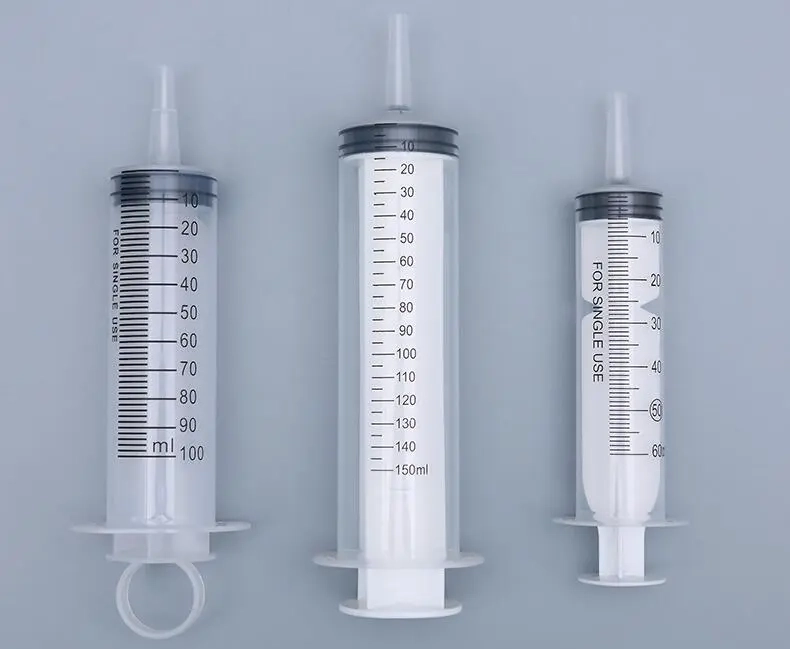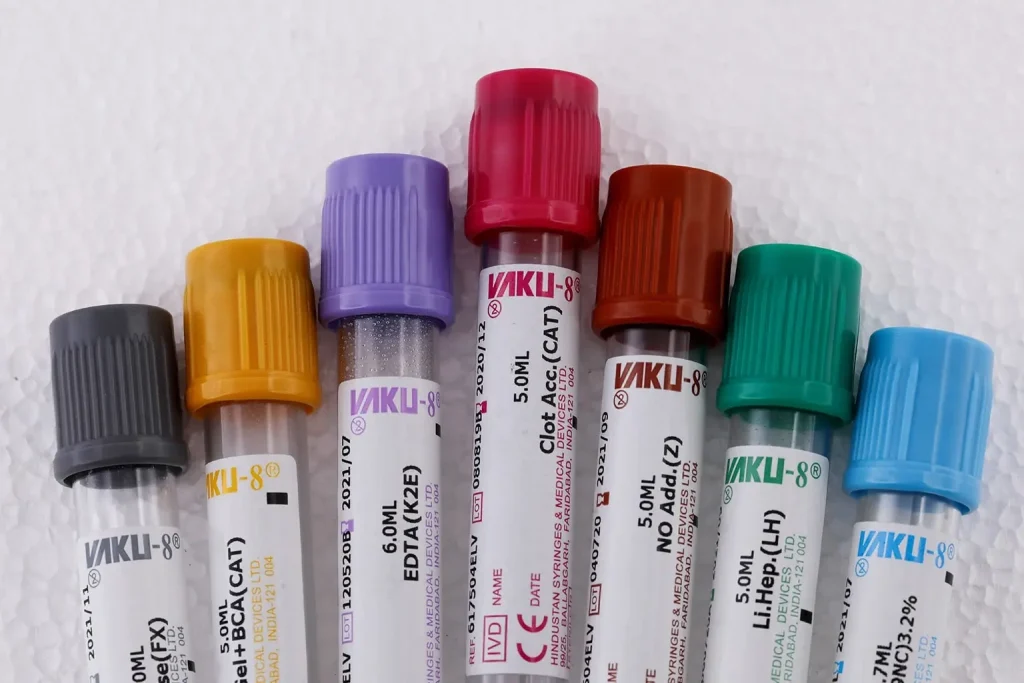Medical injection molding is a nifty method for making super exact parts for healthcare. It pushes hot, melted medical-grade plastics into a mold with tons of force. This crafts wicked precise and detailed pieces. Medical devices are serious business, so this process pumps out top-notch, steady, and super clean products in big stacks. It meets strict safety rules while keeping production fast and wallet-friendly.
This method shines because it handles the medical field’s tough demands. From throwaway syringes to fancy surgical tools, injection molding is a key player in modern medicine.
Types of Medical Parts Manufactured Using Injection Molding
Disposable Medical Items
Disposable medical parts are made for one-time use. This stops germs, keeps things clean, and lowers infection risks. They include:
- Syringes: To guarantee patient safety, syringes, for instance, require mass production with extreme precision and sterilization.
- Catheters: Catheters require flexibility in design and sterility.
- IV Tubing and Connectors: IV tubing is the flexible plastic tube that connects an IV bag to the patient’s vein using a catheter or a needle.
- Specimen Cups: They are an essential disposable medical tool serving medical labs, clinics, and hospitals.
Blood Collection Tubes
These tubes are crafted with medical-grade plastics or glass using injection molding. They’re one-use to avoid germ mix-ups. They often hold additives like anticoagulants or clot activators for tests. A vacuum-sealed system lets healthcare pros draw blood right into the tube, no extra steps.
Types Of Injection Molding Used In Medical Devices
Conventional Injection Molding
This process is super common for medical gear. It churns out stuff like syringes and specimen cups with dead-on accuracy in big amounts.
Thin Wall Injection Molding
This neat trick makes parts with ultra-thin walls, usually under 1mm. It’s great for light parts like device cases where strength and low weight are a big deal.
Over Molding
Over-molding is a cool move. It molds one or two parts over an existing base, creating a strong, comfy grip. It adds soft-touch surfaces to surgical tools for easy use.
Insert Molding
Insert molding sticks tough bits, like metal or electronics, into plastic parts. Think adding pieces to casings for extra strength.
Liquid Silicone Injection Molding
Liquid silicone rubber (LSR) molding makes bendy, body-safe parts. They handle wild temps, chemicals, and wear. Perfect for catheters and seals due to their safe, flexible nature.
2-Shot Molding (Two-Shot Molding)
2-shot molding is a slick process. It molds and over-molds a medical device in one go. It mixes different materials for better function and neat looks.
3D Printing
Not exactly injection molding, but 3D printing is awesome for making test models to check designs before molding. It’s also handy for temporary molds or small custom batches.
Materials Used in Medical Injection Molding
Medical-grade plastics are the main stars. They melt quick and flow into molds. This method works with lots of plastics, making it ideal for medical and pharma parts using any needed medical-grade plastic.
Each plastic has its own rad traits. Common ones include:
Polyethylene (PE)
This everyday plastic is used in tons of stuff. It comes in types like LDPE, HDPE, and UHMW, each with different toughness. UHMW is picked for knee, hip, and joint prostheses for its wear resistance.
Polypropylene (PP)
PP is a mega popular plastic. It’s tough, bendy, and lasts long. It fights chemicals and electricity, making it great for syringes and specimen containers.
Polystyrene (PS)
PS is a hard plastic with no flex. But it cuts well, takes bumps, and holds shape. It’s perfect for Petri dishes, diagnostic parts, and culture trays.
Polycarbonate (PC)
PC is clear and super tough. This strong plastic resists flames and stays steady. It’s body-safe, ideal for medical gear like surgical tool housings. It handles impacts, heat, and UV rays.
PEEK
Polyetheretherketone (PEEK) is a top-tier plastic with awesome strength. It fights heat, wear, and radiation, making it great for implants that stay steady under stress.
Silicone
This safe, rubber-like material is body-friendly. It’s the top choice for devices like connectors, catheters, and tubing that touch body fluids without trouble.
FAQ
Q1: Why is injection molding preferred in medical manufacturing?
It blasts out tons of parts with tight precision and keeps things squeaky clean—huge for healthcare.
Q2: Are all materials used biocompatible?
Yup. Medical-grade plastics like PE, PP, PC, PEEK, and silicone are chosen for body safety.
Q3: Can complex designs be achieved through injection molding?
Totally. Moves like over-molding and insert-molding mix multiple materials or embedded bits into tricky shapes.
Q4: What makes silicone ideal for certain devices?
Its chemical inertness keeps it safe for long skin or tissue contact with no bad reactions.
Silkbridge is Your Best Choice for Superior Medical Injection Molding Services
Silkbridge pumps out over 30 million plastic injection parts yearly, including key healthcare pieces. Sealed production zones follow strict hygiene rules, ensuring top precision and cleanliness. With 100 high-tech injection molding machines (180 to 1200 tons), the facility handles small prototypes to massive runs.
Need one-use syringes or complex multi-material parts via over-molding? Silkbridge delivers steady, high-quality results. Services cover mold design to global delivery under DDP terms. Choose Silkbridge for medical-grade injection molding that meets healthcare needs with awesome quality and service.
For more information on developing and producing a new part or product, please contact Silkbridge on our business WhatsApp account https://wa.me/8618122838771 or call us on +86 8618122838771.



